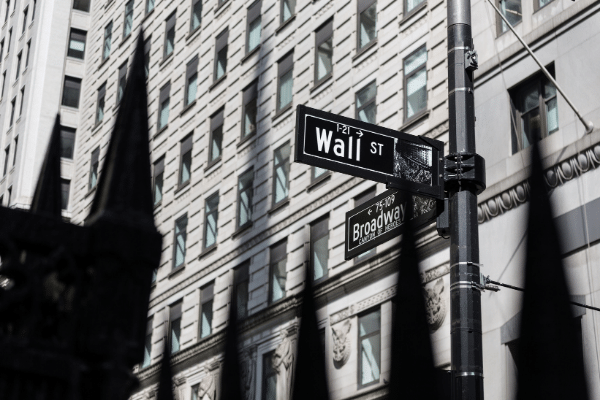
-
Record ETF flows beg the question of whether they are feeding into their own self-perpetuating feedback loop
-
Specialist ETFs in niche sectors pose the biggest risk to investors in the event that they have limited liquidity to cash out
It’s a number so big it’s difficult to wrap your head around – US$9.1 trillion – that’s the amount sloshing around in ETFs or exchange traded funds covering the entire gamut of the asset universe.
Investors as a whole poured some US$705 billion into ETFs through the first seven months of this year alone, with the bulk of flows heading into cheap, index-tracking funds, with large-cap and short-term bond ETFs as well as products offering inflation protection the most popular destinations, according to data from Morningstar.
U.S. ETFs accounted for the bulk of investor monies, with some US$519 billion inflating U.S. ETFs to some US$6.6 trillion.
By tracking a basket of securities, ETFs allow investors to obtain the benefit of low fees while obtaining access to an instrument that trades like a stock.
But ETFs also belie a hidden danger that’s lurking in plain sight.
As more money chases returns, many investors have doubled down on ETFs, but narrow thematic funds can concentrate billions of dollars in assets in a small roster of companies, making them especially susceptible to a liquidity crunch in volatile markets.
And when ETF investors sell their stake in the ETFs, their issuers need to unwind the underlying assets – something that may not be possible in illiquid markets.
The other issue is that as more monies flow into ETFs, those that track popular stocks like Big Tech, have to start snapping up shares of those companies and given the size of many ETFs, exert an upward pressure on the price of those stocks.
That upward pressure then feeds into the narrative to buy more of that ETF tracking those stocks which leads into a self-perpetuating cycle that feeds off its own echo chamber, pushing stock prices even higher.
The risks of such unbridled upward cycles cannot be overemphasized and investors should be wary when buying blindly into these products.



